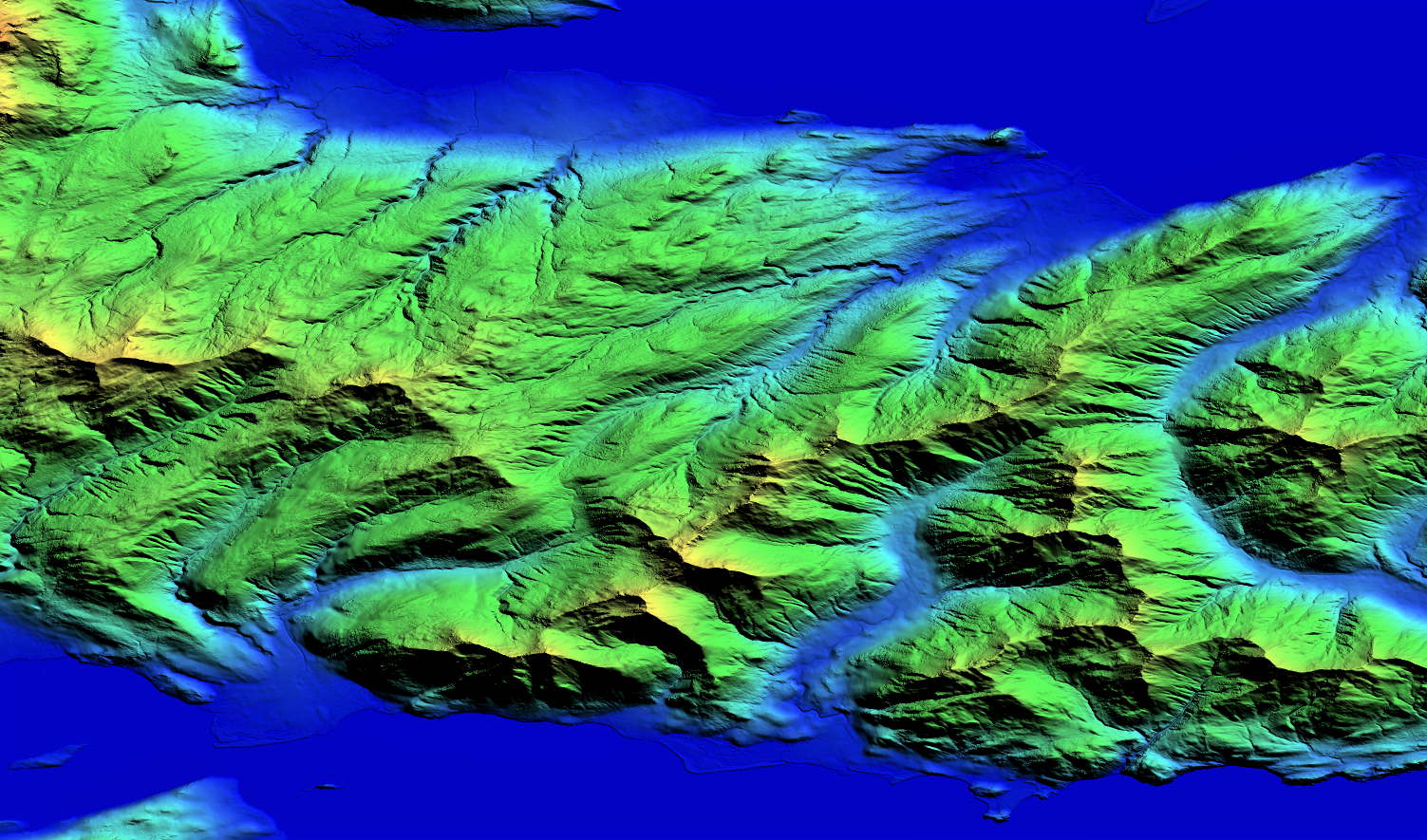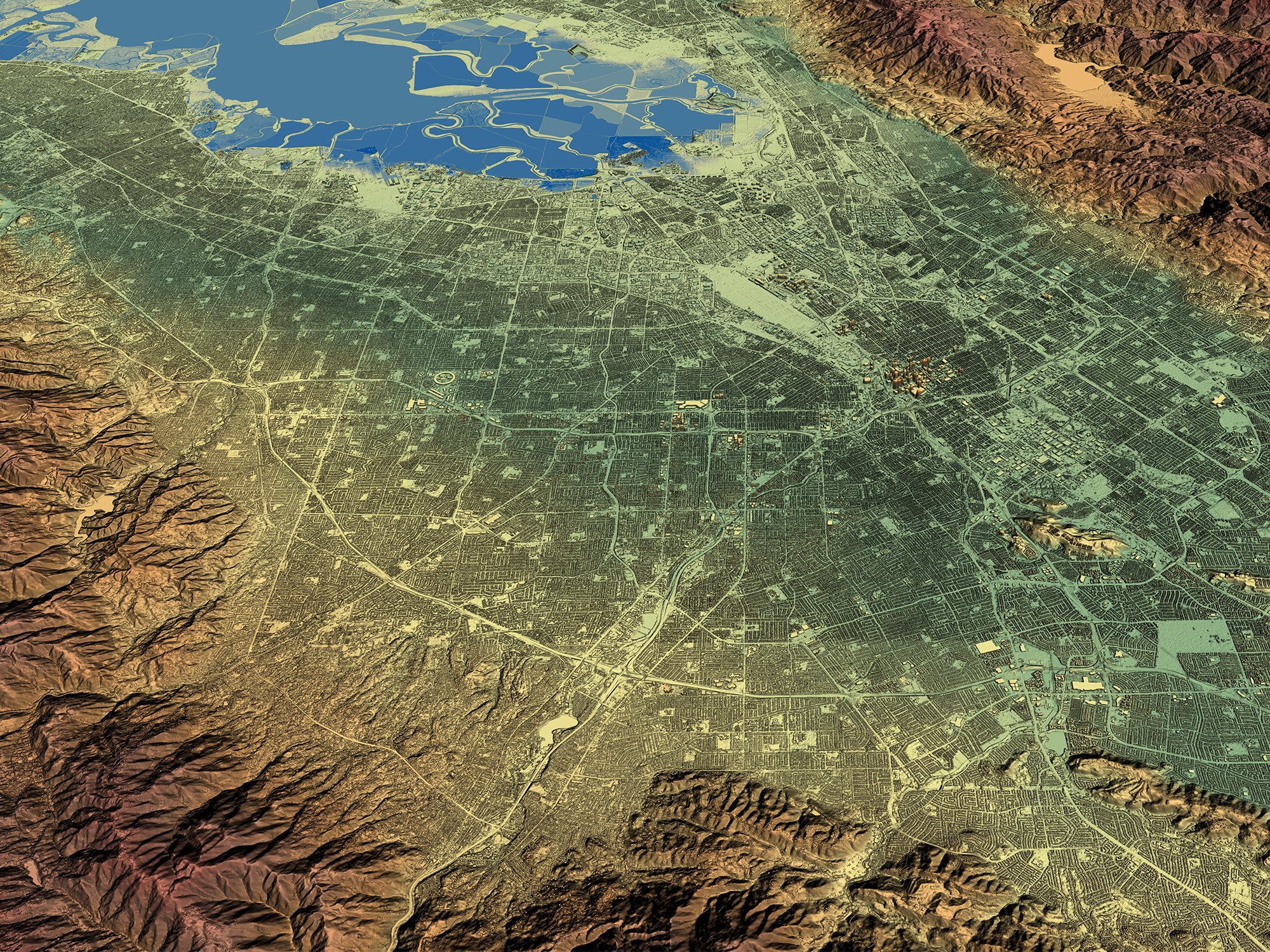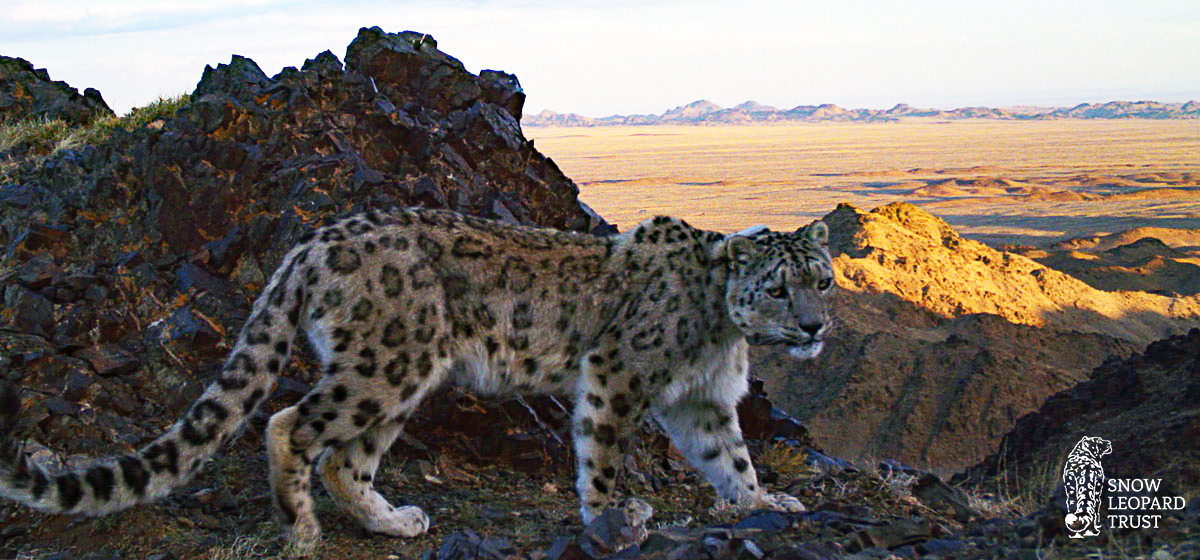
Intermap’s 3D foundation data layers provide a robust framework for governments and businesses, empowering them to make informed decisions and discover intelligent solutions for their planning challenges. Our NEXTMap elevation data suite is produced through patented processing, incorporating AI and machine learning techniques, to create globally available digital elevation models. NEXTMap is available up to 1-meter resolution, providing the market with one of the world’s most comprehensive, homogenous and precise elevation products at global scale.

DSM
DTM
Hillshade
Contours
Flood Model
In addition to creating baseline and custom elevation content, we create products that derive from elevation content, including normalized DSMs, slope and aspect maps, hillshade, contours, topographic maps, flood models and hazard maps for anything from earthquakes to landslides. Our DEMs are also suitable for extraction of drainage network and hydrology data, 3D roads, infrastructure models and vegetation information.

Intermap is supporting The Snow Leopard Trust with a snow leopard conservation project in Southern Mongolia. The Snow Leopard Trust is researching whether snow leopards stay longer at kill sites in rugged terrain, which offer better escape routes and hiding places, to better understand their movement and what threatens the species. Intermap’s NEXTMap 6™ digital elevation model was used to run analysis along with the GPS tracking data from snow leopard tracking collars to follow their movement and determine if terrain ruggedness affects the amount of time they spend at kill sites. Originally using a 30-meter resolution DEM, the results were unclear because cliffs, hills and other terrain are not well represented in a coarse DEM.
The preliminary results using Intermap’s 6-meter resolution DEM suggest that terrain did affect snow leopard behavior around kill sites. The researchers found that snow leopards stayed longer at the kill sites of their largest prey when the kills were made in rugged terrain. This study will help The Snow Leopard Trust gain more insight into the patterns of snow leopards and develop ways to help conserve the species.